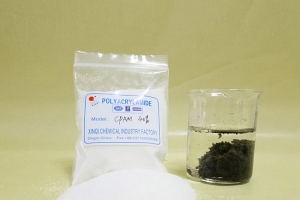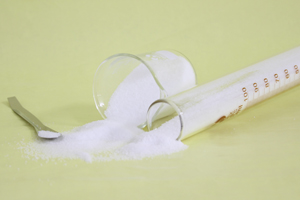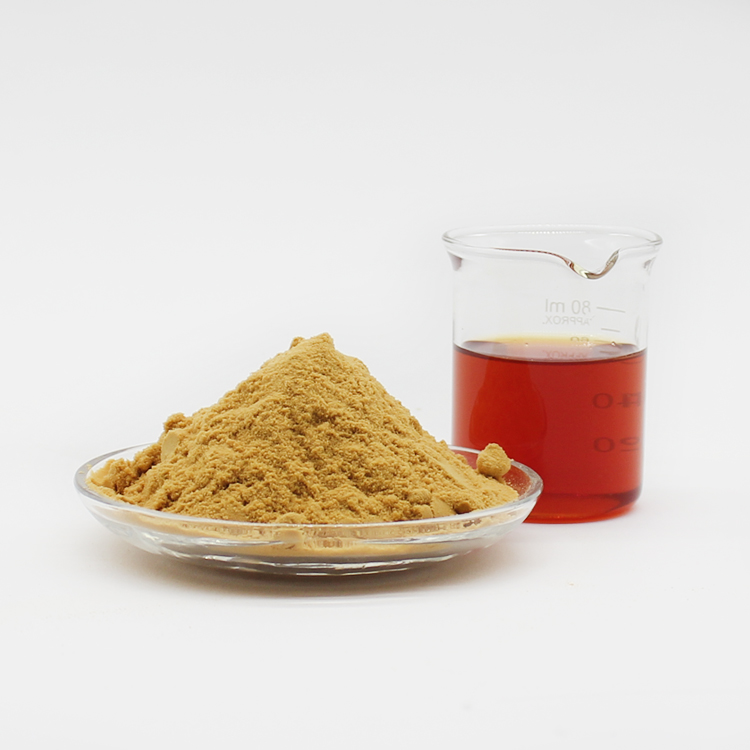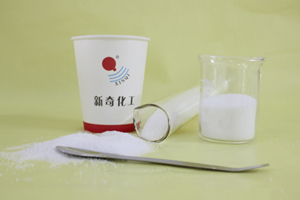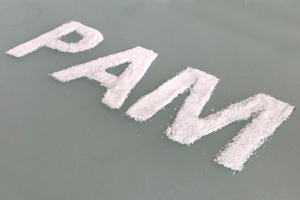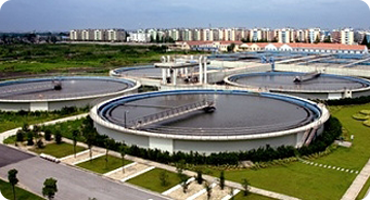Defoamers: An In – Depth Look
Introduction In many industrial and daily – life processes, the formation of foam can be a troublesome issue. Foam is a dispersion of gas in a liquid, which is stabilized by surface – active substances. Excessive foam can lead to problems such as reduced production efficiency, inaccurate metering, and even equipment damage. Defoamers, also known …


